Metal Narratives
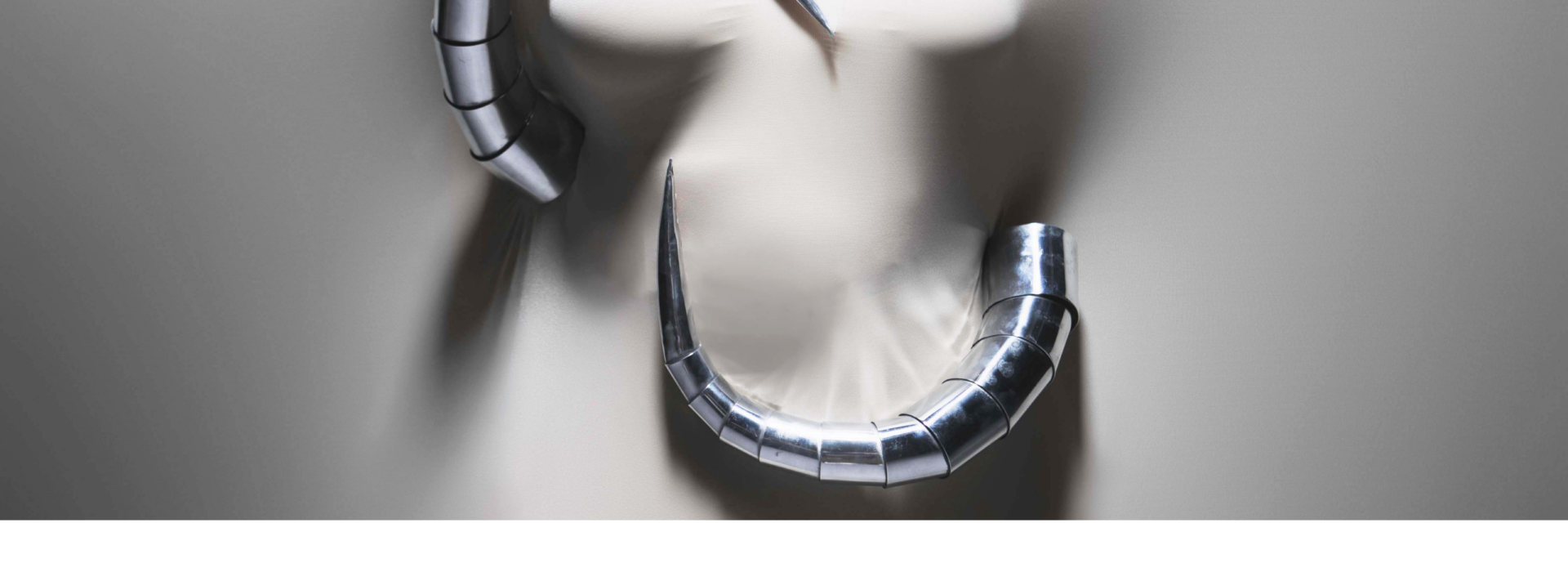
Project details
- Year
- 2024
- Programme
- Bachelor – Product Design
- Practices
- No practice
- Minor
- RASL Re-Imagining Tomorrow Through Arts and Sciences
Motivated by my own Bolivian heritage, I explore the ingrained value systems of metallurgy in wealth objects and adornment. Exploring the range of my practice from product, fashion and set design.
How can physical craft objects uncover material histories?
The choice of metal, shape, and motif in the displayed objects represents a cultural crossover, belief, or societal system influenced by both pre-Columbian and Spanish traditions, which have become ingrained in Bolivian folklore.
With a metal rich Andean region, metals such as copper had pre-Columbian uses in adornment, ritual practice and demonstrating wealth status. While the Spanish conquest introduced the area to mines, mints, and silver processing techniques. Over time, pre-Columbian influences subtly merged with the Spanish forms of expressing wealth and status through objects and adornment.
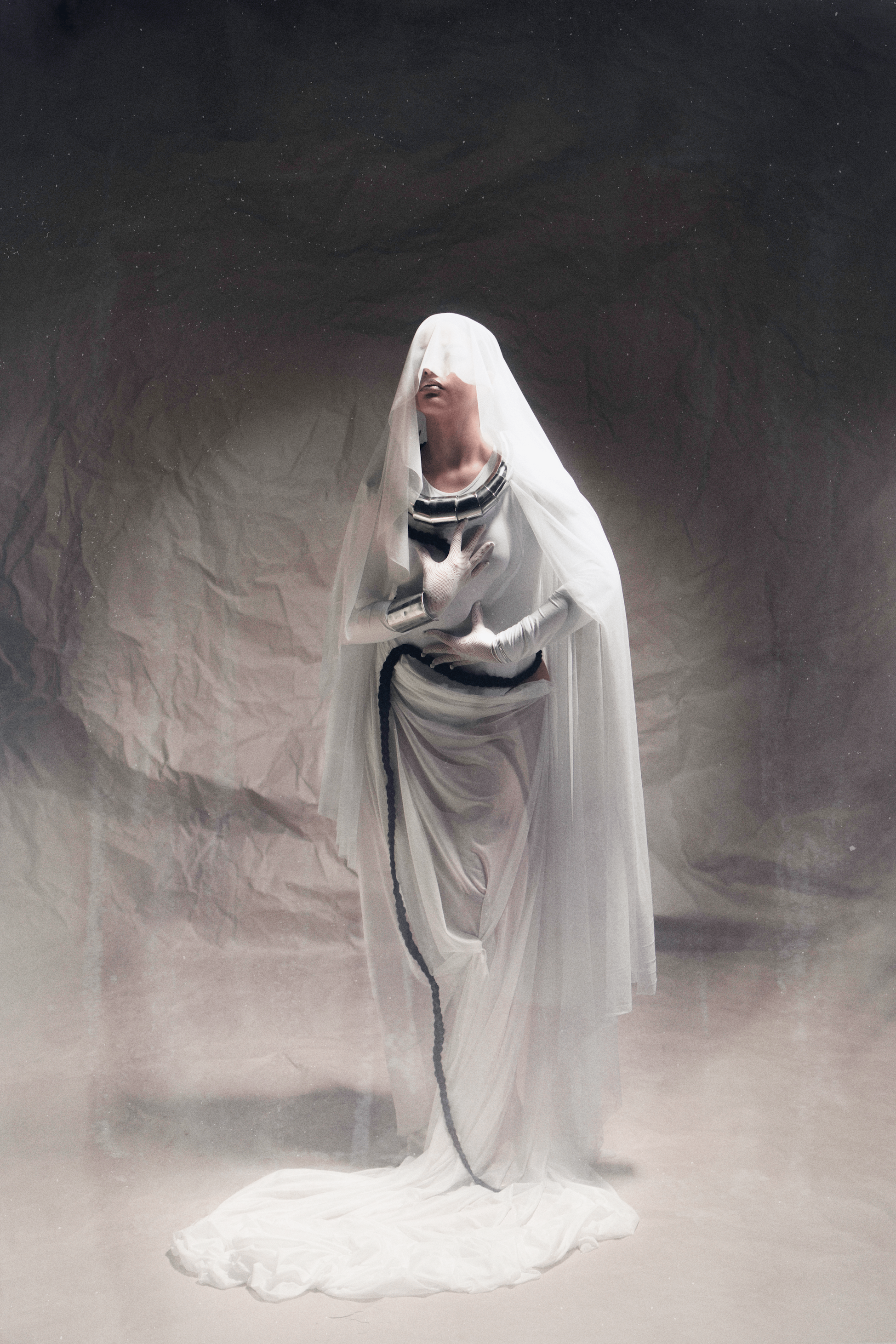
The metal’s shine distracts from the exploitative means by which metal wealth was created. Resource extraction by the Spanish came at the expense of exploitation in all forms, leaving mining cities like Potosí, which was once the wealthiest in the world, among the poorest today. A research booklet aids with visual references to grasp the timeline from the pre-Columbian to the Spanish era through archives of archaeological sites, technologies, and craft objects. These are complemented by my own in-person field research in Bolivia.
Research Booklet: https://graduation.catalogue.wdka.nl/2024-carola-simons/wp-content/uploads/sites/1635/2024/06/Final-Research-Booklet_A4_compressed-1.pdf
The adornments and photographs emphasise the overlooked narratives of female autonomy, lost metal craft, and ceremonial objects.
The copper objects commemorate the lost copper craft that was replaced by silver after the Spanish. As well as highlighting the lost female autonomy that existed in pre-columbian societies. Wearable objects take half-moon shapes and bas relief forms, and braided forms.
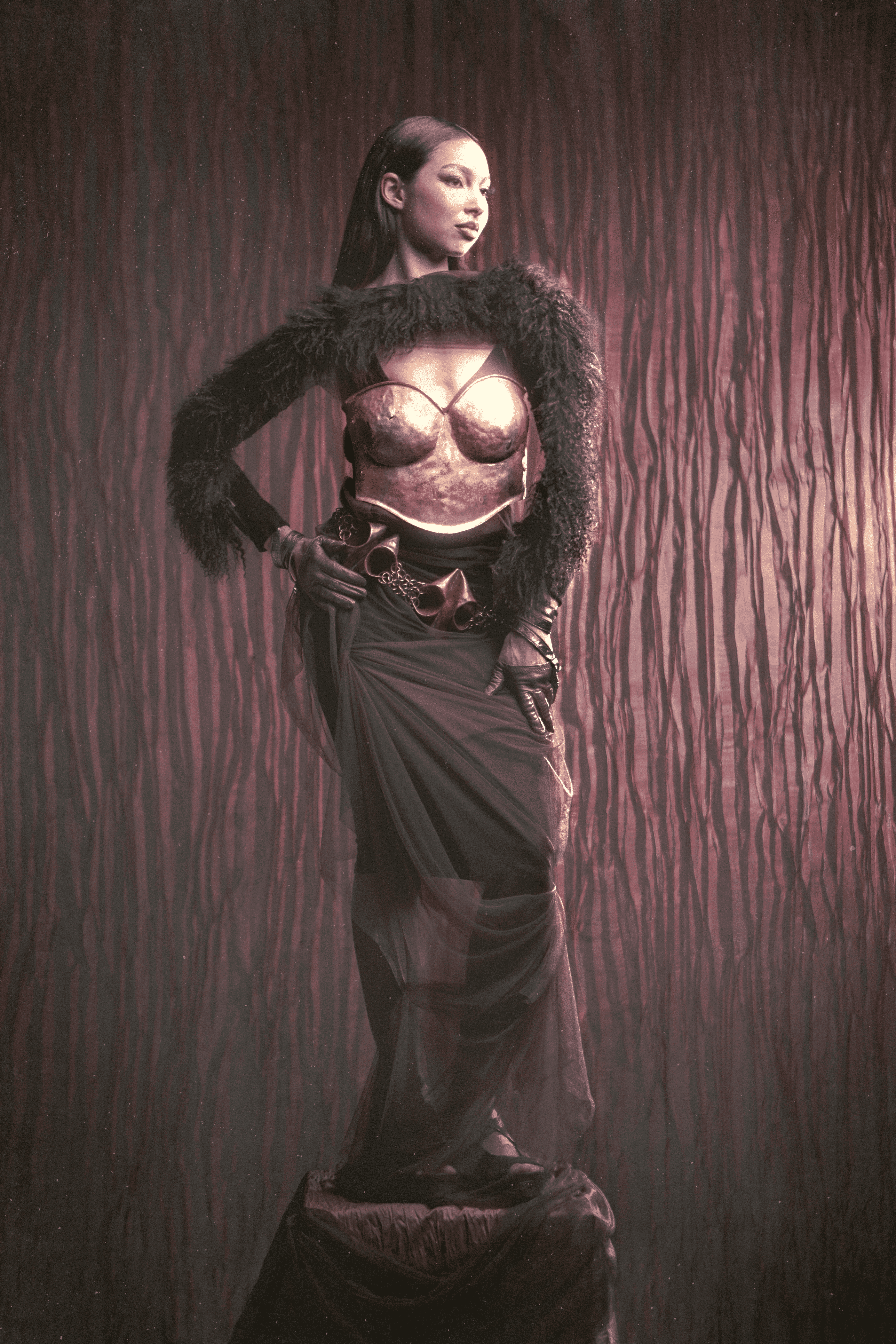
The Bull Horn originally was used as an acoustic instrument for ceremonial purposes. Later tarsnformed into a status symbol through silver forms, brought by silver techniques brought by the Spanis. Up to this day, the horn occurs in many folkloric festivals, representing the wealth of a community.
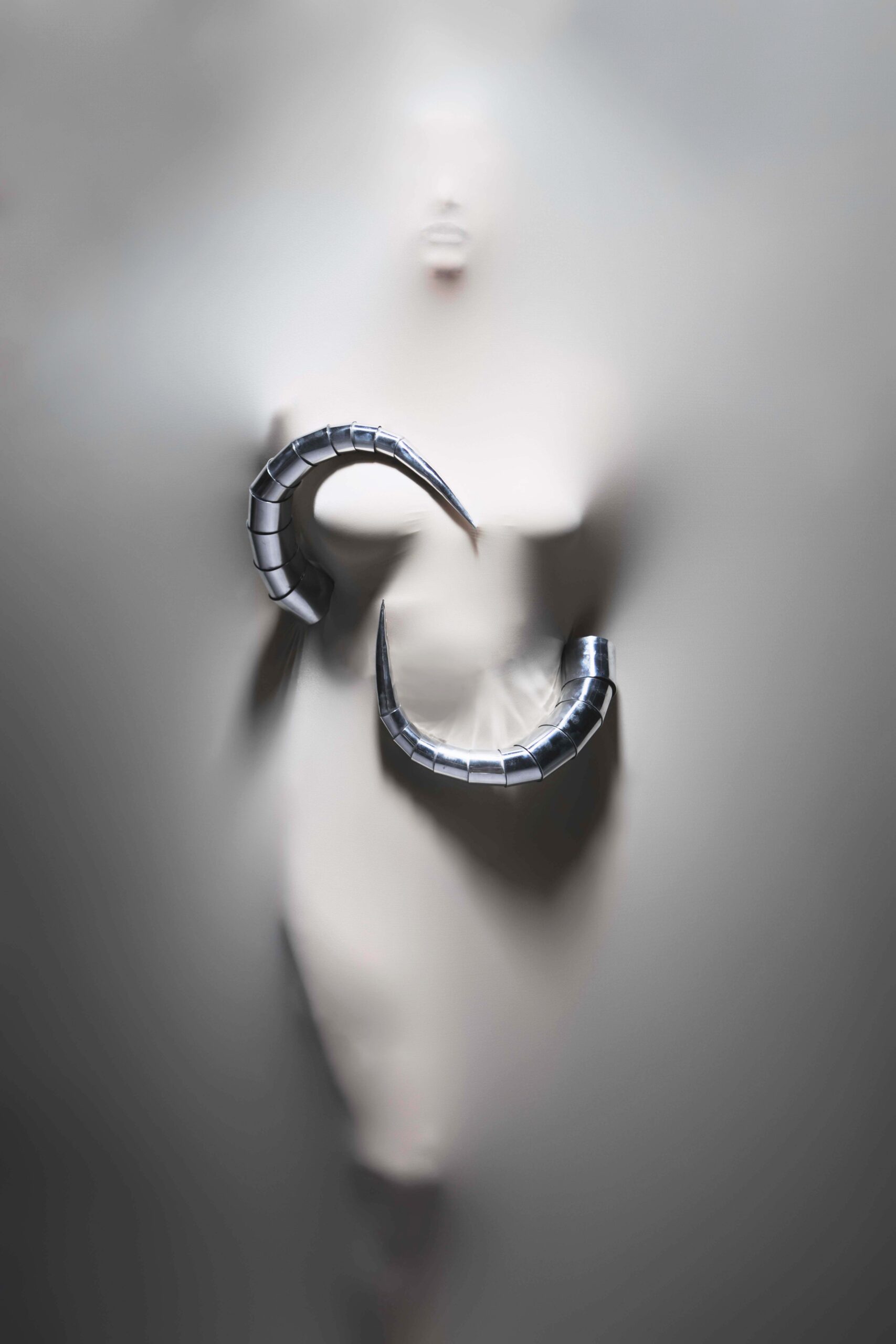
Inspired by the Armour by silversmiths during the spanish era, the outfit reclaims pre-columbian narratives told by symbolism of silver parallel to hair. Both function to portray hierarchies and wealth that is innately Bolivian rather than spanish.
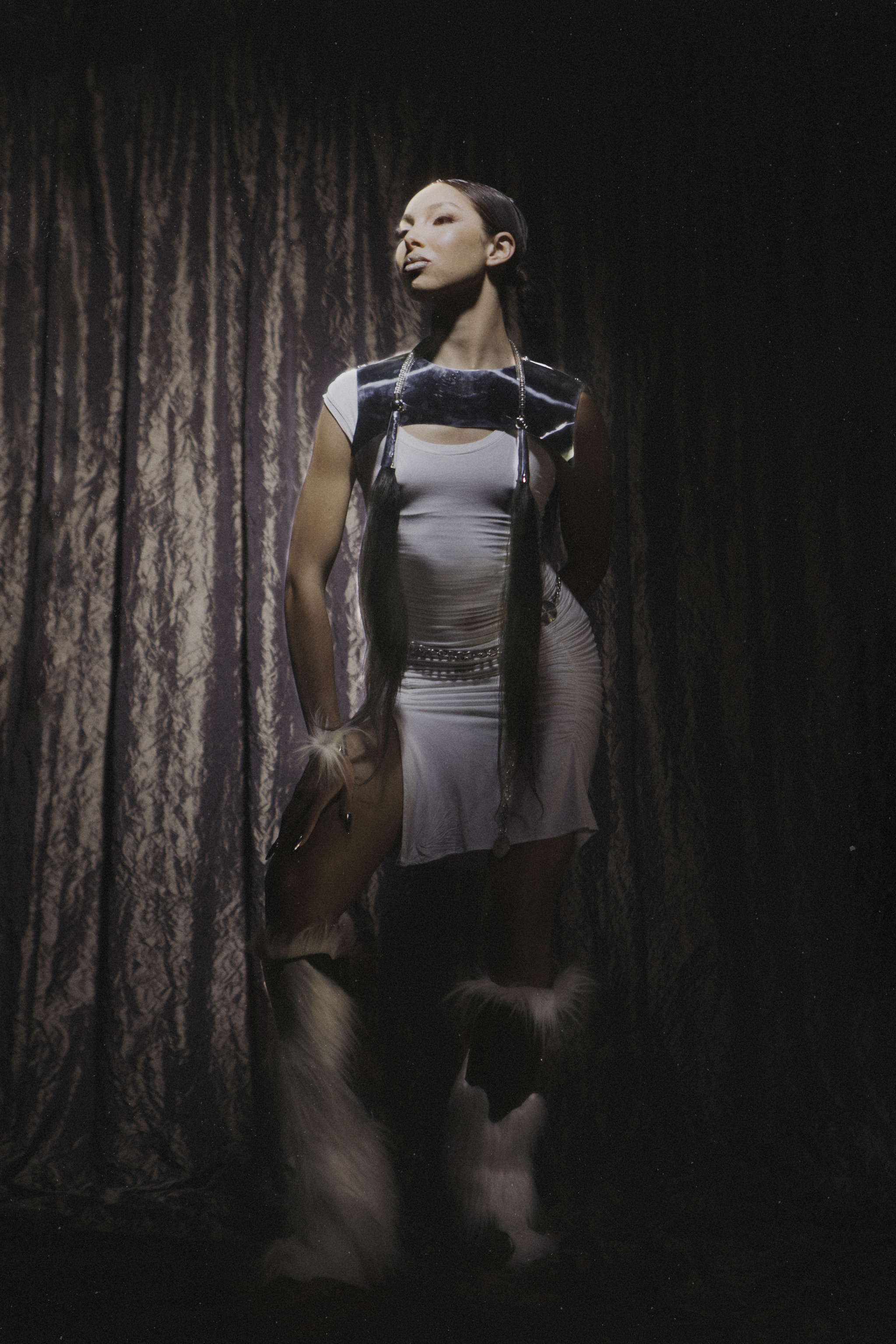
Adornement Collection by @blame.coco
All Images photographed by Sabine Woudenberg